RV Campsite Setup Ideas: 21 Essential Pieces of Setup Equipment

Looking for RV campsite setup ideas that will help you combat time-consuming mistakes? We have you covered. Having the right site setup gear will help your RV campsite set up go smoothly.
1. Headlamp
The first thing you need on your RV setup checklist is a headlamp. Many people don’t plan on arriving at night, but that's a mistake. It happens and if it does, you need to have a headlamp that gives you the ability to use both hands for setup.
2. Level
Next up in rv campsite setup ideas is a level. You just attach this to your RV and it lets you know if you are level or not. Why do you need to be level in your RV? Well, your appliances won't work properly.
3. Wheel chocks
What's next? A set of wheel chocks. You will need two of these for each side of your RV so you can block both sides of the tire.
4. SnapPads
For leveling, there are some other things that you need. We love our RV SnapPads.
5. Extenders
In addition to the RV SnapPads, is extenders. They give the jacks a little bit more room to extend plus it's more stable because your jacks are maxed out.
6. Surge protector
Let's move on to power for your RV. Most RVs are going to either have a 30 amp for smaller RVs or a 50 amp connection to your RV park or campground. RV parks and campgrounds may have some erratic power and they can actually harm your RV appliances, so another must-have is a simple or basic surge protector. The first mistake with RV power is not using one of these.
When you plug this in and plug in your RV, make sure you turn the breaker on at the end after you've already plugged in your RV. You don't want a surge to go through your RV and damage anything.
Also, before you even pull into your campsite, check the power to make sure it's good. RV parks and campgrounds, again, can have bad power, or the power may not even work at all. When you scout at your campsite, this helps you check whether you've got good power.
7. Power cords
Depending on what kind of power your RV takes, you need your main power cord. I like to go with a nice long 50 amp cord.
8. Extension
You just don't know where your hookups are going to be, so having an extension that matches your power cord is highly recommended. If you don't have an extension, make sure your power cord will reach before you disconnect.
9. Adapters
Along with your power cords, having the adapters to make different kinds of power situations work is crucial. You can fit the park’s power to fit your gear.
It's important to have backups for these items for several different reasons. Some of these can wear out or break, spring a leak, something like that.
Let's move on to gear to get fresh water for your RV as part of your RV setup checklist.
10. Water pressure regulator
The first one is a water pressure regulator. Another thing that varies a lot is the water pressure at RV parks and campgrounds. If you don't have one of these, too much water pressure can damage the hoses or pipes in your RV.
11. Freshwater-rated hose
You’ll also want a freshwater-rated hose because that means that it doesn't have any of the nasty chemicals in it, so it's safe to drink from whatever is in the hose.
12. Freshwater filter
The next mistake is not having a freshwater filter. You can get them very basic and cheap. You want to have this to filter out any of the bad stuff in the water.
13. Freshwater tank filler
I actually don't use this anymore because my RV doesn't have the fitting for it, but you can use a freshwater tank filler if you're going to be dry camping or you don't have a freshwater connection at your campsite.
14. Sewer additive
Now let's talk about everybody's favorite subject: the wastewater area of your RV. You are going to want to have some kind of sewer additive. You add one then flush it down your toilet and add several gallons of water. It will help take care of the breakdown of the solids and also toilet paper as well.
15. RV-safe toilet paper
Speaking of toilet paper, you want RV-safe toilet paper. Why doesn't regular toilet paperwork? It breaks down easier and it's made specifically for that so it doesn't cause any problems in your septic tank.
16. Disposable gloves
For with dealing with wastewater, you want to put on disposable gloves before you handle any of your sewer hoses or the handles. You just use them once and then you throw them away, or you can invest in some reusable gloves.
17. Sewer hose
Next up is a sewer hose. You want a good one with clamps to hold it in place.
18. Sewer caps
Make sure you also have some sewer caps. You need to have all the other extra fittings like a threaded 90-degree elbow so it goes properly into your sewer connection at your campsite.
If you have two sewer connections on your RV, you're going to need a Y connection so that you can feed both of them into the same connection.
19. Sewer hose support
What's next when it comes to dealing with your wastewater? A sewer hose support. You want gravity to be your friend, and a support will help let waste water drain easily.
20. Sewer hose seal
I've never used a sewer hose seal, also called a donut, because I've always used an elbow-shaped piece to connect to the sewage outlet. The donut helps create an air-tight seal for when you're just using your sewer hose.
21. Hitch lock
I'm also going to mention a hitch lock for a fifth wheel, or for travel trailers. Anytime you're going to be away from the RV, you can have your RV locked up just in case.
RV campsite setup ideas
That's everything you need to get out there and start enjoying RV camping right from the get-go. Use these RV campsite setup ideas to make camping easy and fun without mistakes and headaches caused by not having the right gear. Happy RVing!
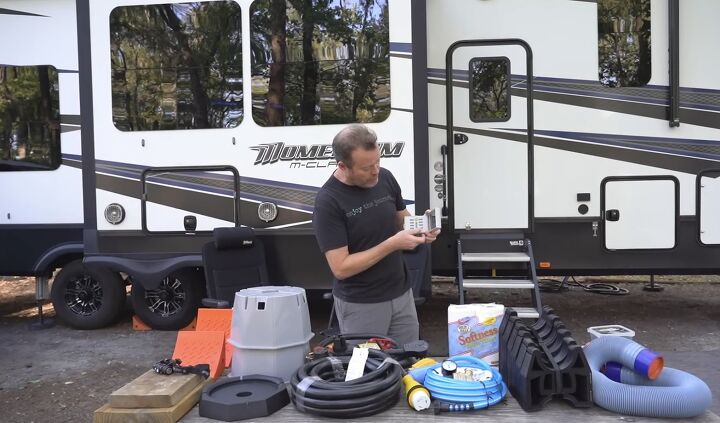




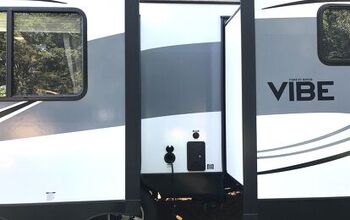




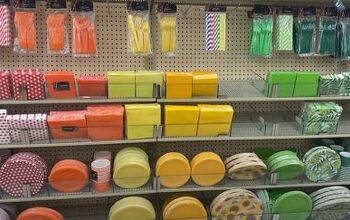


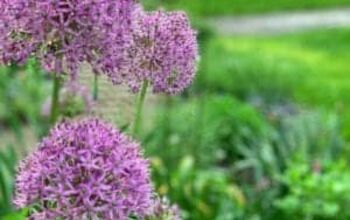
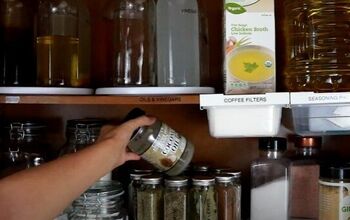

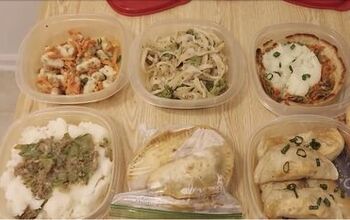
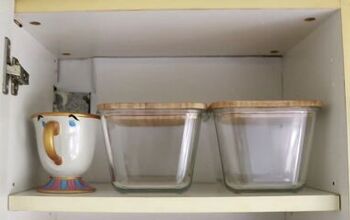

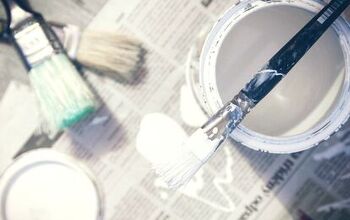

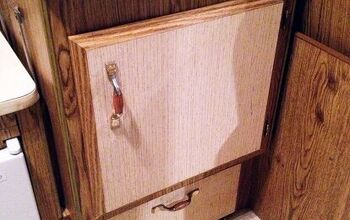

Comments
Join the conversation